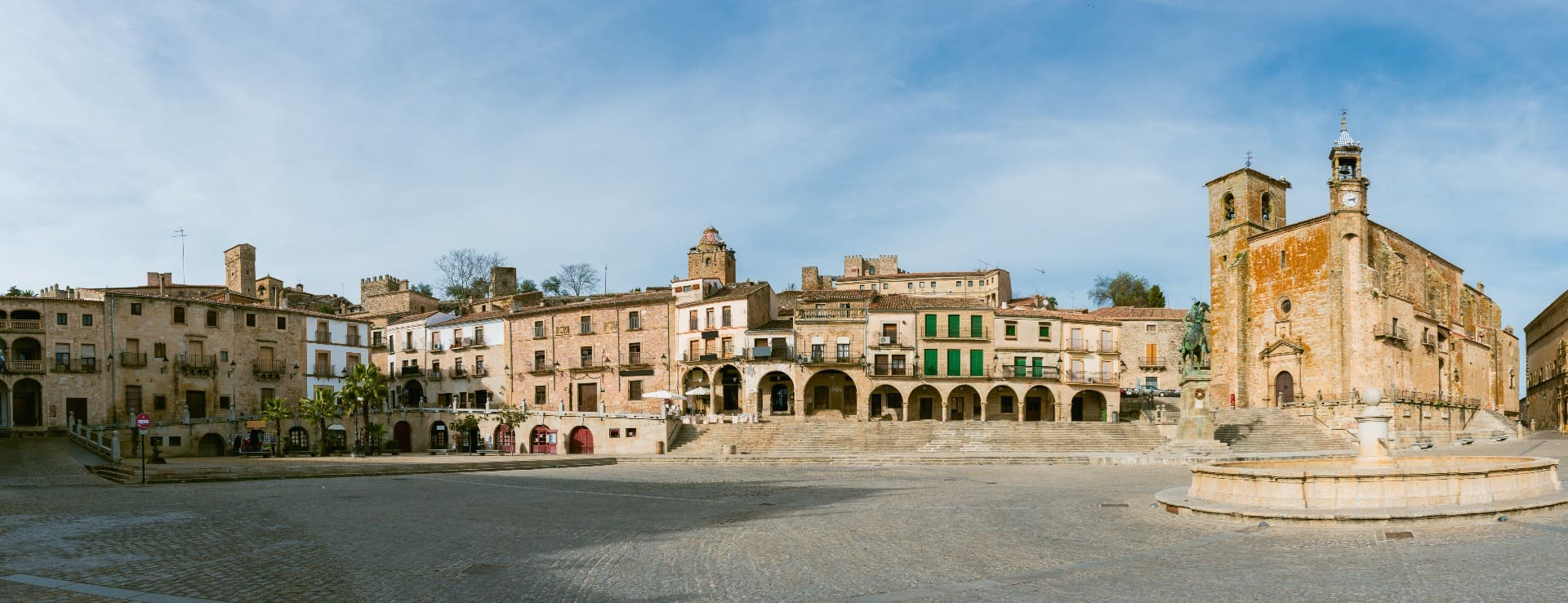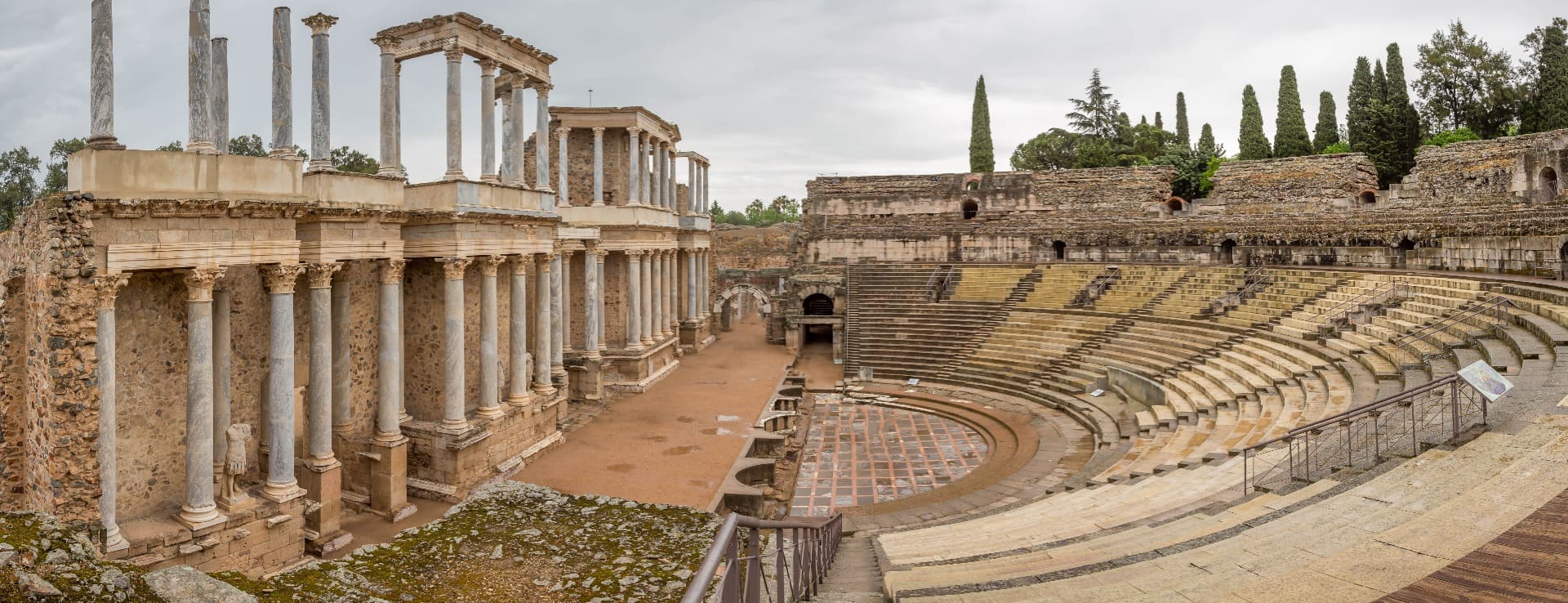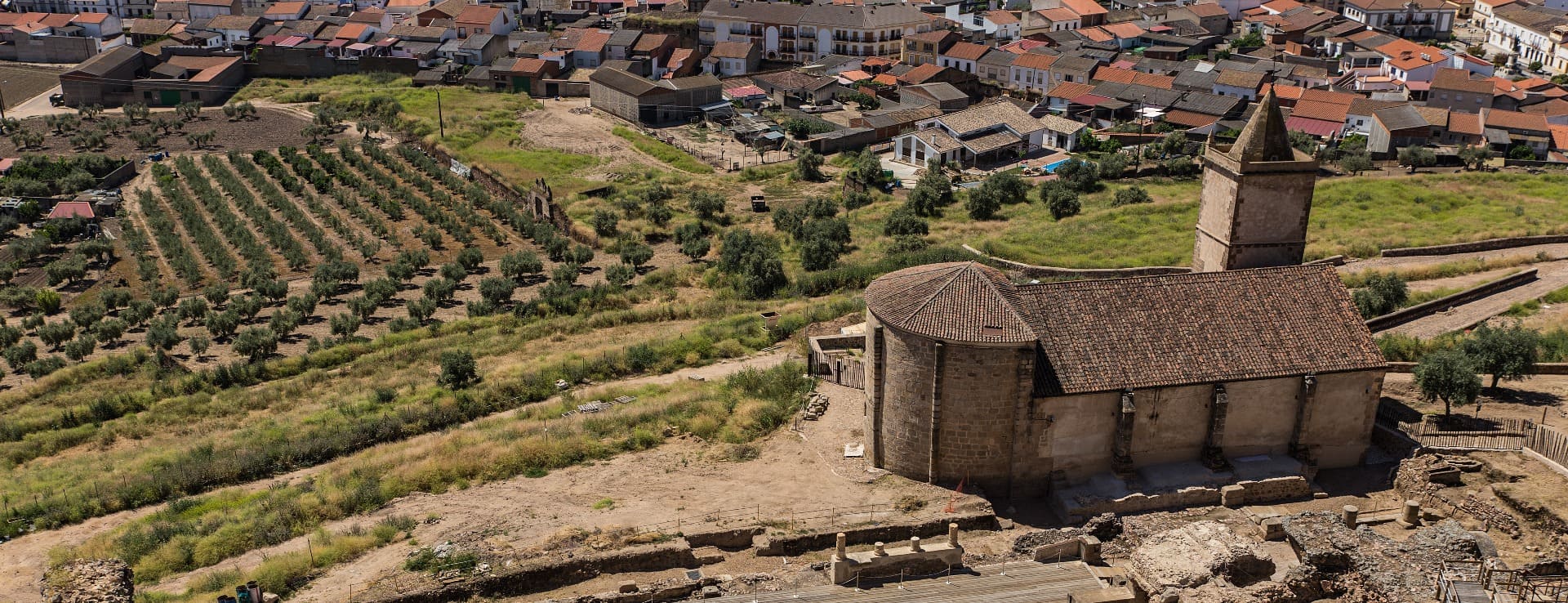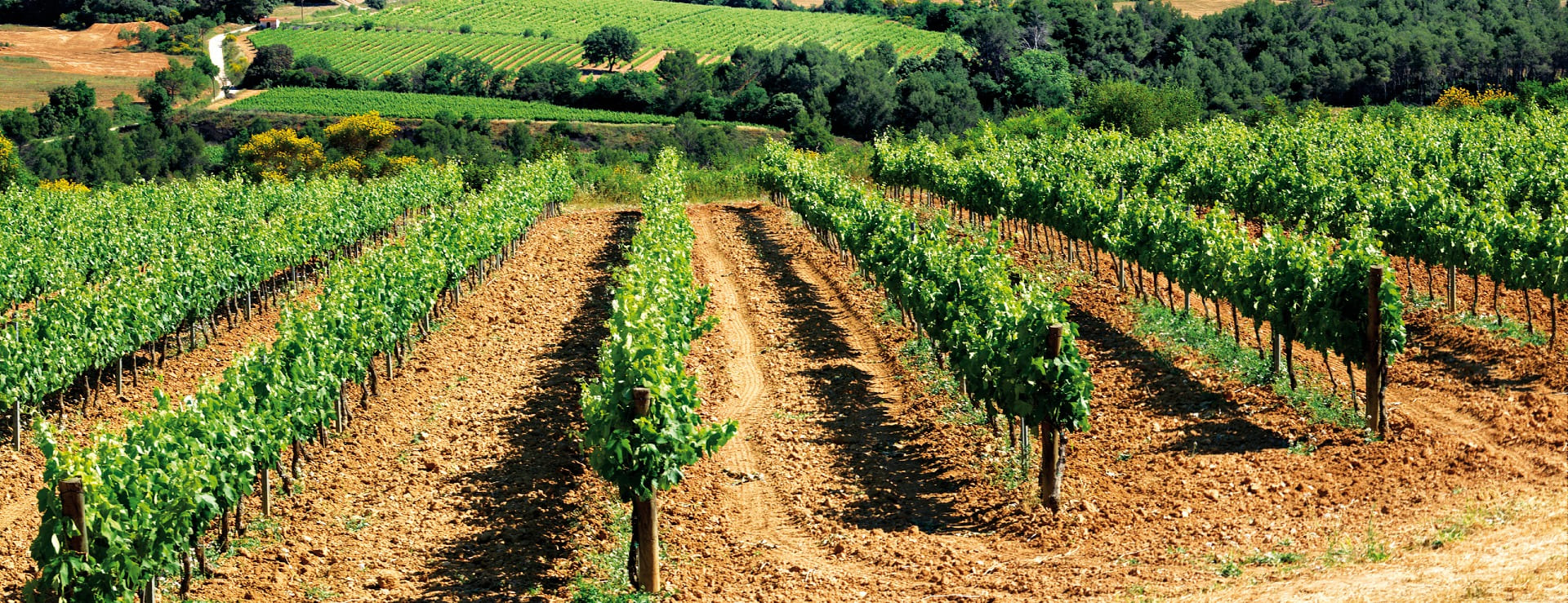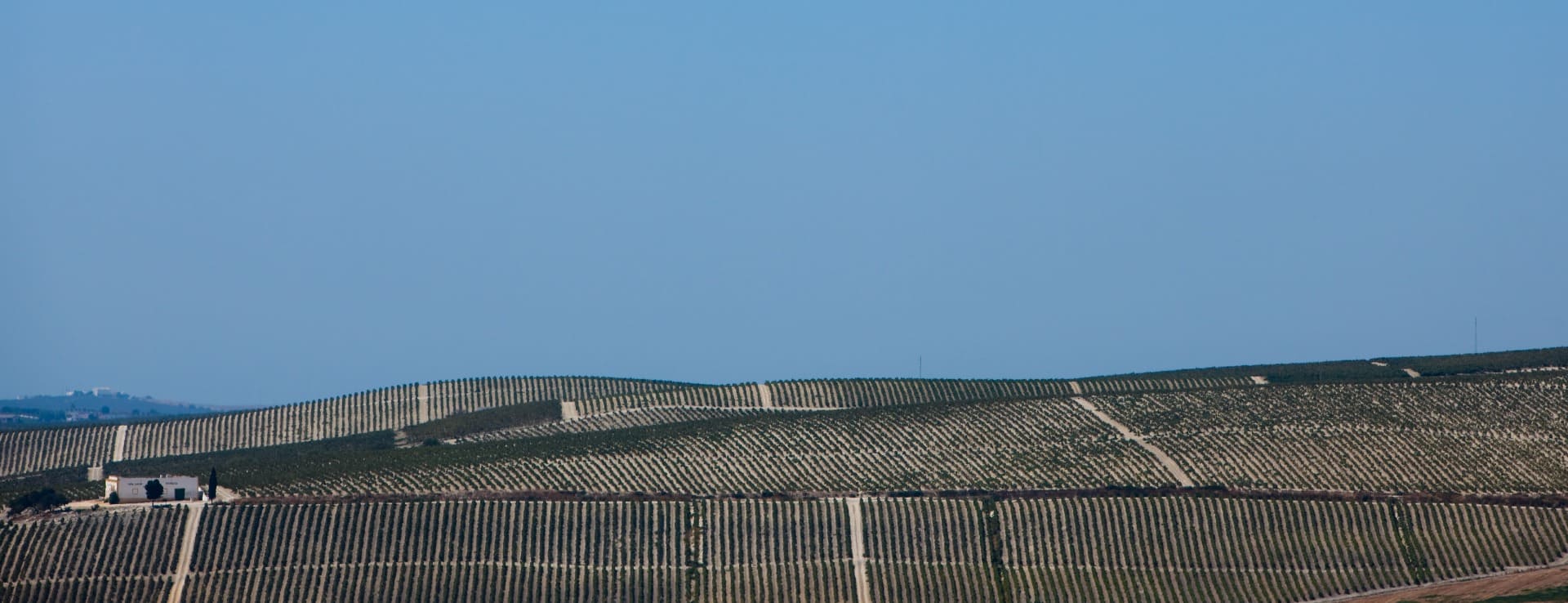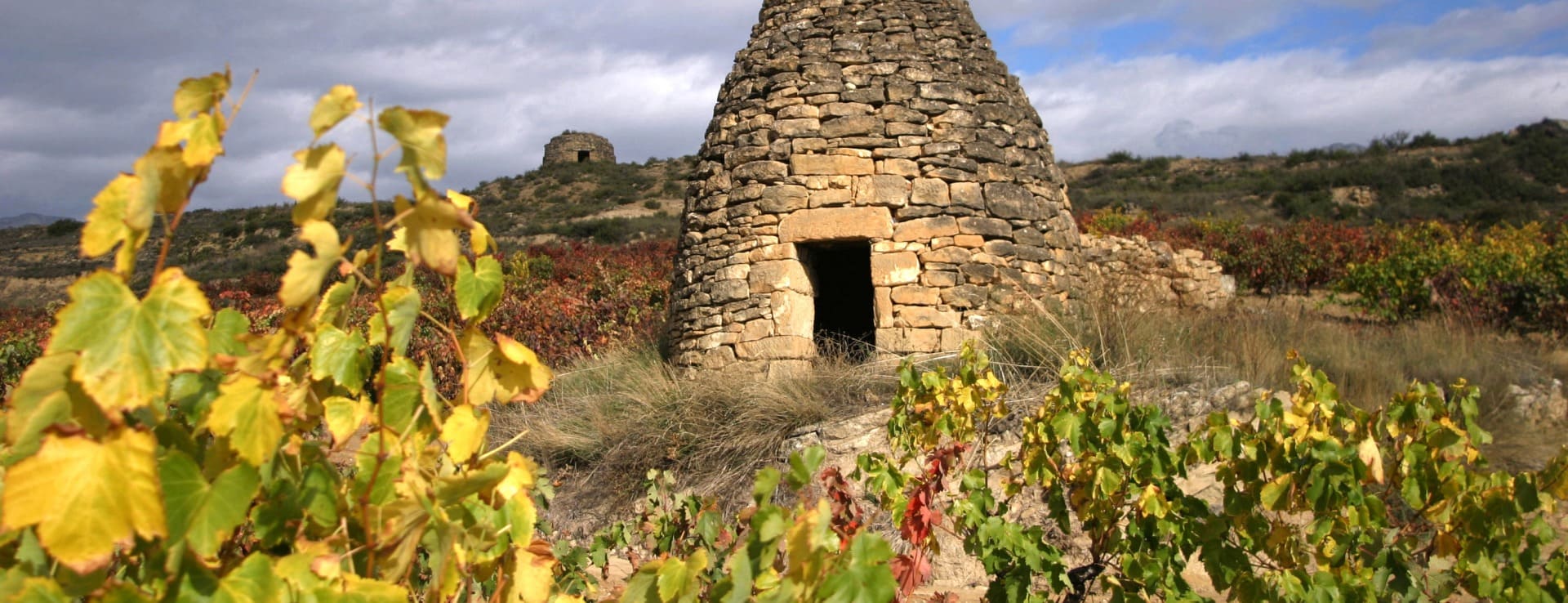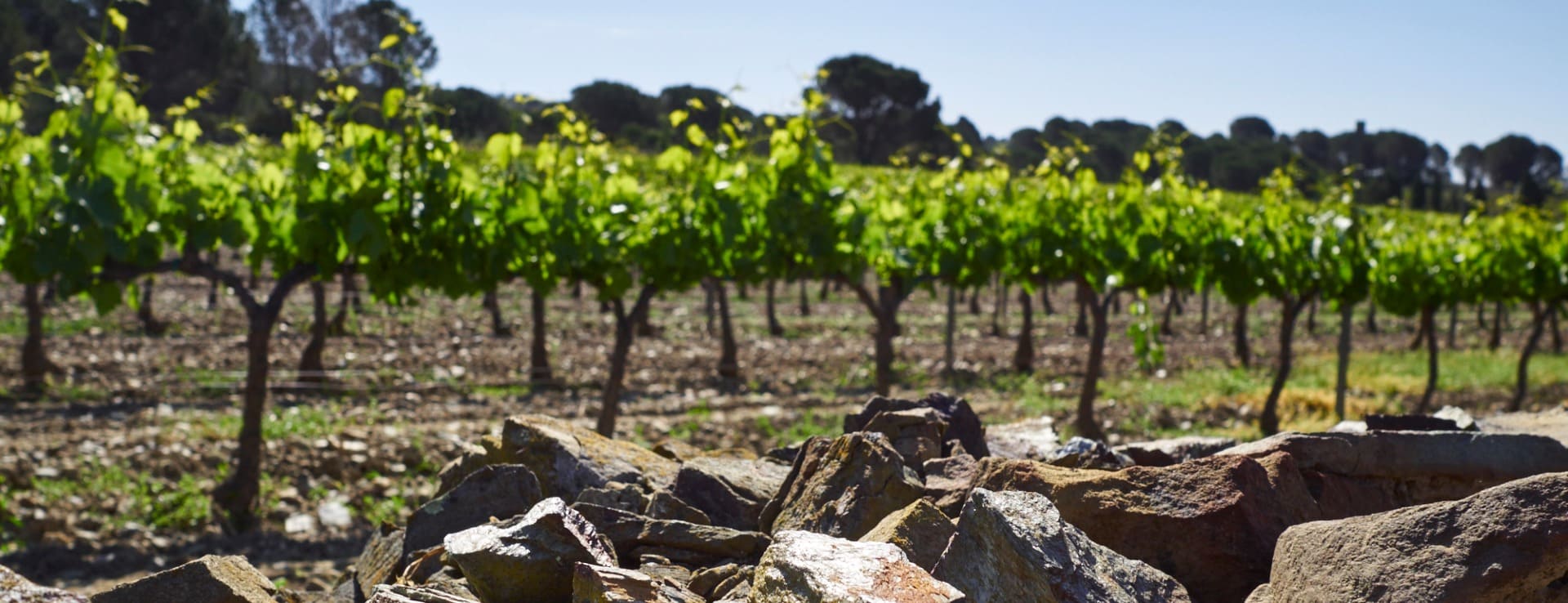Find your winery or vineyard
1 Wineries and Vineyards for sale in Cáceres
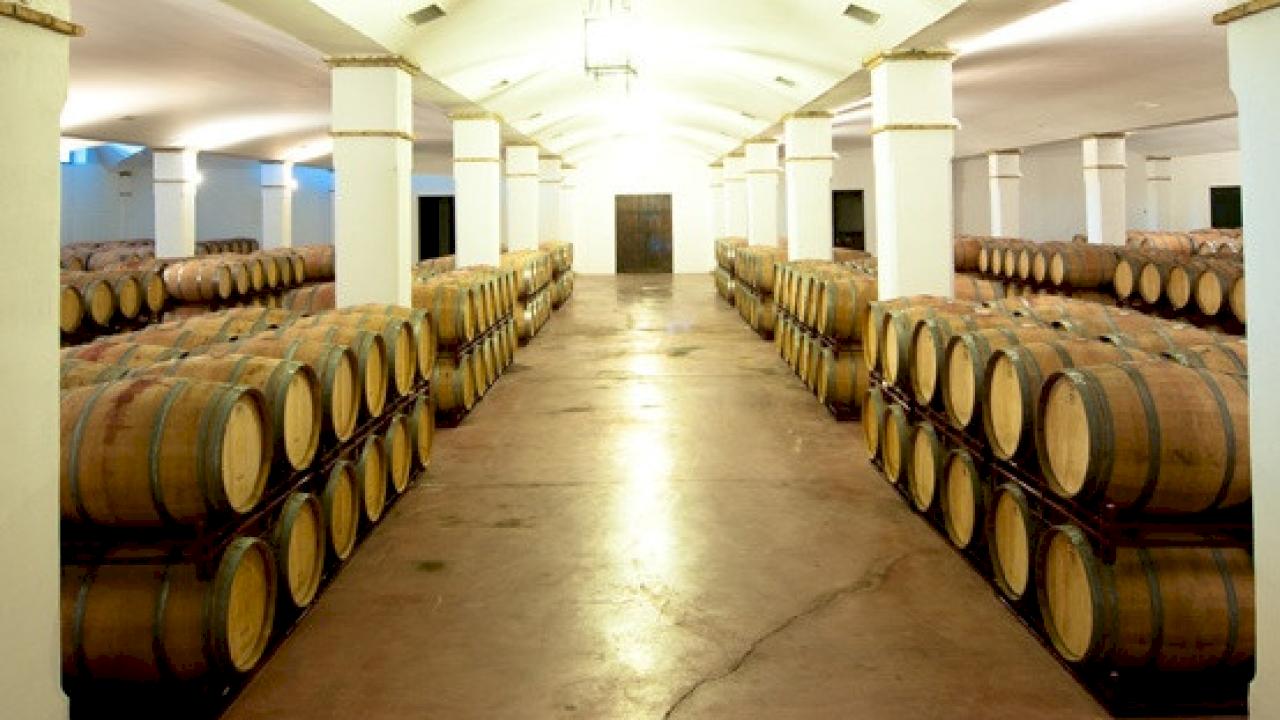
Winery for sale in DO Ribera del Guadiana.
Lovely winery with its own vines in DO Ribera del Guadiana and ready for wine tourism.
Infographic of the Denomination of Origin
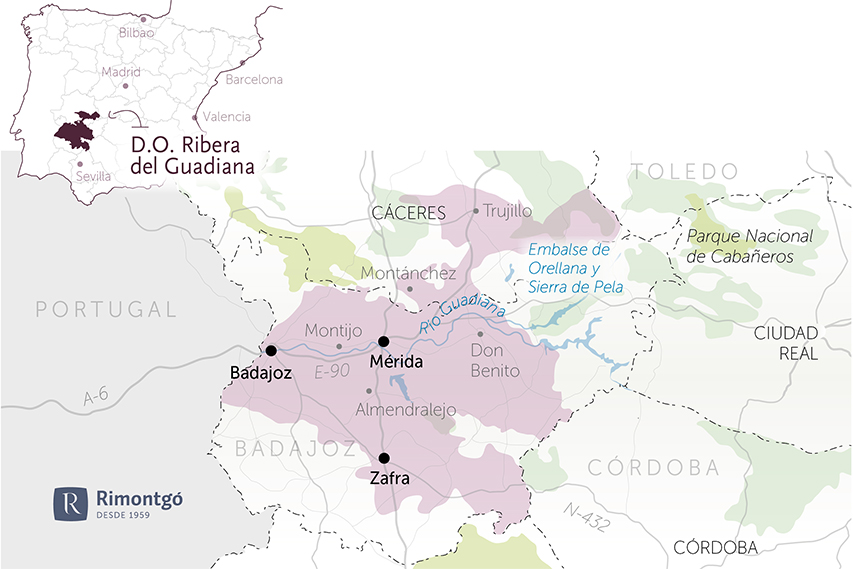
Change to imperial units (ft2, ac, °F)Change to international units (m2, h, °C)
D.O. year of foundation:
1999
Number of wineries (2017):
21
Total surface area:
33.281 ha82.237 ac
Maximum production allowed:
8.000 kg/ha7.137 lb/ac
Altitude of the vineyards:
Min: 209m
Max: 1.087m
Min: 686ft
Max: 3.566ft
Temperature:
Min: 5º
Max: 40º
Min: 41°F
Max: 104°F
Yearly hours of sun:
3.106
Yearly rainfall:
450 l/m242 l/ft2
Cáceres
Cáceres is a province with several wineries for sale, considered the second largest extension in Spain. It is located on the west of Spain and, together with Badajoz, makes up the autonomous community of Extremadura. It borders with Castile and León and Castilla-La Mancha; whilst Badajoz is in the south and, the limit with Portugal is in the west.
HISTORY OF WINE
It was the Greeks, Cretans and Phoenicians who gradually spread the wine culture from the easternmost Mediterranean to the interior of the Iberian Peninsula, where they met the Cynetes. The latter founded important cities in the Guadiana river valley and incorporated wine culture into Extremadura in the 7th to 5th centuries BC. One of the most important archaeological jewels of this period is the Kylix of Medellín, attributed to Ucheiros, a Greek ceramist settled in Conisturgis.
After the passage of the Romans and the Visigoths, even the Arabs, a new viticulture emerged in the Christian territories, concentrated around the cities and monasteries that were being founded. The Jewish community was also of great importance, as in the town of Hervás a wine press and a handcrafted winery were built to produce Kosher wines. After the Edict of expulsion of the Catholic Monarchs in 1492, their vineyards were ceded to the Confraternity of San Gervasio.
The crisis caused by diseases of the vineyard, mainly phylloxera, affected the international market and transformed the viticultural panorama of Extremadura. In the province of Cáceres the vineyards disappeared in many localities, concentrating mainly in the areas of Montánchez (Alcuéscar and Arroyomolinos) and in Cañamero, where the Borba and Alarije varieties were cultivated respectively. In Cilleros, Brozas and other villages of the North a certain viticulture of small productions was maintained, of wines very appreciated by the locals: they are the denominated wines of Pitarra, that are highly valued in the market.
WINES AND WINERIES
The Designation of Origin Ribera del Guadiana was created in 1999 to bring together all the wines from the autonomous region of Extremadura. There are up to six different subzones. The largest is Tierra de Barros, which achieved a certain fame by exporting wines of the category the Vino de la Tierra. Other outstanding wines from Extremadura are the Vinos de Pago and the wines of Pitarra already mentioned.
Some of the most important wineries in Cáceres are Bodegas Carabal (advised by Lisarrague in the vineyard and Ignacio de Miguel in oenology), Bodegas Alia, Bodegas Ruiz Torres, Bodegas Habla or Bodegas Pago de Mirabel, where you can find the most expensive wine in Extremadura, made by a cousin of Peter Sisseck from Dominio de Pingus. Rimontgó has wineries for sale in the province of Cáceres.
POINTS OF INTEREST
In this province we can find a great historical and cultural wealth, which begins with the capital itself. The city of Cáceres, considered a World Heritage Site, allows you to travel back in time to the Middle Ages. To all this we must add impressive natural spaces, such as the Monfragüe National Park, and a gastronomic offer of good products, led by meats and cheeses.
D.O./Valle (wine regions)
Discover more wineries and vineyards for sale in these wine regions in Spain
Subscribe to our mailing list to receive news about wineries and vineyards.

